National Museum of Ethnography
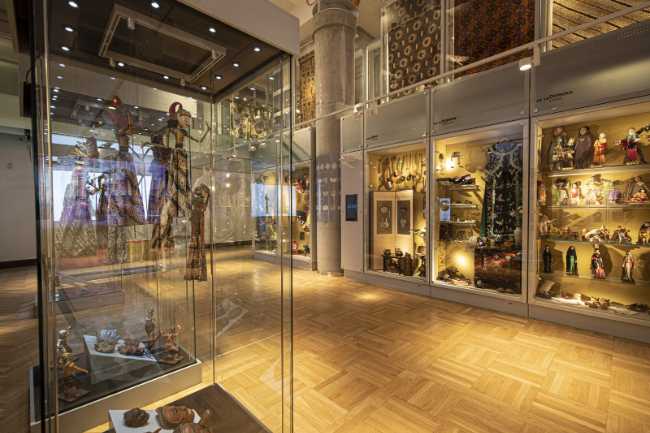
Housed in a neo-Renaissance building on Kredytowa Street, the National Museum of Ethnography in Warsaw offers a rich exploration of global cultures through folk art, traditional costumes, and everyday objects. Established in 1888, the museum features permanent exhibitions on Polish rural life, seasonal rituals, and crafts, alongside extensive collections from Africa, Asia, Oceania, and the Americas. Highlights include intricately embroidered garments, ritual masks, and vibrant paper cuttings. The museum also hosts temporary exhibitions and educational programs, including a dedicated children’s section. Interactive displays and bilingual information panels enhance accessibility, while the African collection—one of the largest in Poland—stands out for its depth and diversity. Visitors can trace cultural narratives across continents, gaining insight into both local heritage and global traditions. With its blend of historical depth and modern presentation, the museum provides a compelling experience for anyone interested in ethnography and cultural identity.
Warsaw PolandThe National Museum of Ethnography in Warsaw is located at ul. Kredytowa 1, in the Śródmieście Północne neighborhood, placing it in the city center of Warsaw. This distinguished museum showcases a vast and diverse collection of folk art, costumes, crafts, sculptures, and cultural artifacts from Poland, Europe, Africa, Australia, Oceania, and Latin and South America. Established as a key institution for ethnographic heritage, it offers visitors insight into Poland’s rich cultural traditions, as well as international cultural expressions. Nearby, visitors can explore the lively city center with its array of restaurants, shops, and significant cultural landmarks, including the historic Royal Route, which connects key palaces and parks in Warsaw. The museum’s central setting makes it accessible and a great complement to a day of cultural exploration in Warsaw’s historic core. The neighborhood features green spaces and urban amenities that enhance the visitor experience with a blend of culture, history, and leisure. The museum itself is well-regarded for its informative exhibits and occasional temporary exhibitions, providing an engaging and educational stop for visitors interested in ethnography and folk culture.
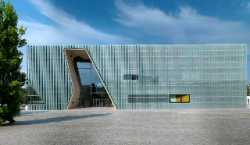 POLIN Museum of the History of Polish Jews
Warsaw
POLIN Museum of the History of Polish Jews
Warsaw
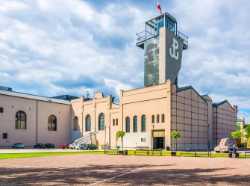 Warsaw Uprising Museum
Warsaw
Warsaw Uprising Museum
Warsaw
 National Museum in Warsaw
Warsaw
National Museum in Warsaw
Warsaw
 Fryderyk Chopin Museum
Warsaw
Fryderyk Chopin Museum
Warsaw
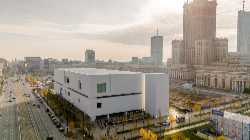 Museum of Modern Art
Warsaw
Museum of Modern Art
Warsaw
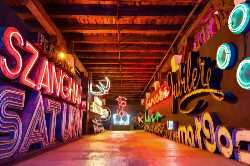 Neon Museum Warsaw
Warsaw
Neon Museum Warsaw
Warsaw
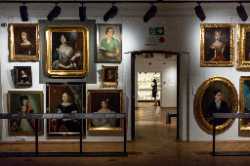 Museum of Warsaw
Warsaw
Museum of Warsaw
Warsaw
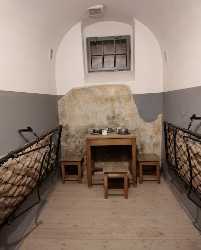 Pawiak Prison Museum
Warsaw
Pawiak Prison Museum
Warsaw
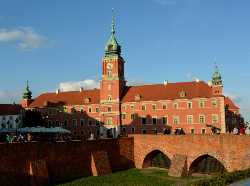 Royal Castle in Warsaw
Warsaw
Royal Castle in Warsaw
Warsaw
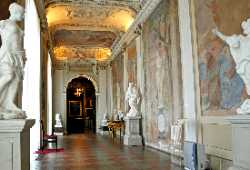 Wilanów Palace
Warsaw
Wilanów Palace
Warsaw
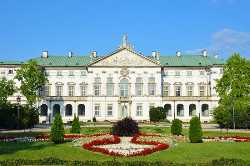 Krasiński Palace
Warsaw
Krasiński Palace
Warsaw
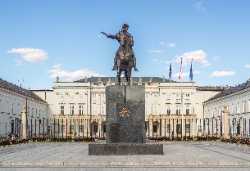 Presidential Palace Warsaw
Warsaw
Presidential Palace Warsaw
Warsaw
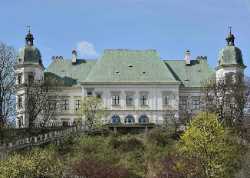 Ujazdów Castle
Warsaw
Ujazdów Castle
Warsaw
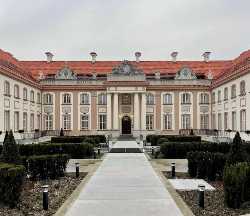 Branicki Palace
Warsaw
Branicki Palace
Warsaw
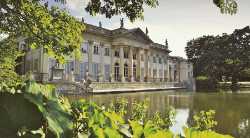 Łazienki Park
Warsaw
Łazienki Park
Warsaw
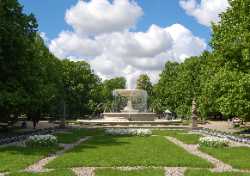 Saxon Garden
Warsaw
Saxon Garden
Warsaw
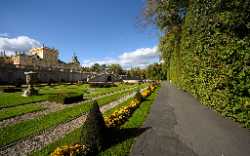 Wilanów Park
Warsaw
Wilanów Park
Warsaw
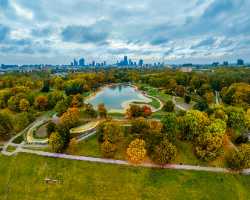 Mokotów Field
Warsaw
Mokotów Field
Warsaw
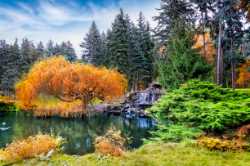 Skaryszewski Park
Warsaw
Skaryszewski Park
Warsaw
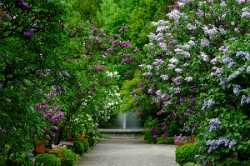 Botanical Garden of the University of Warsaw
Warsaw
Botanical Garden of the University of Warsaw
Warsaw
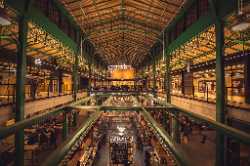 Hala Koszyki
Warsaw
Hala Koszyki
Warsaw
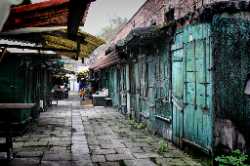 Bazar Różyckiego
Warsaw
Bazar Różyckiego
Warsaw
 BioBazar
Warsaw
BioBazar
Warsaw
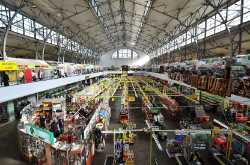 Hala Mirowska
Warsaw
Hala Mirowska
Warsaw
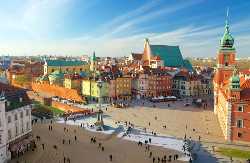 Castle Square
Warsaw
Castle Square
Warsaw
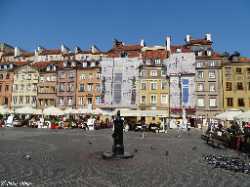 Rynek Starego Miasta
Warsaw
Rynek Starego Miasta
Warsaw
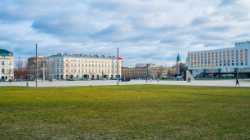 Piłsudski Square
Warsaw
Piłsudski Square
Warsaw
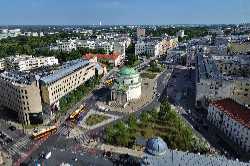 Three Crosses Square
Warsaw
Three Crosses Square
Warsaw
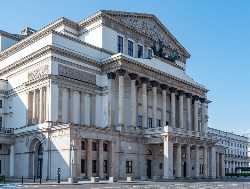 Grand Theatre
Warsaw
Grand Theatre
Warsaw
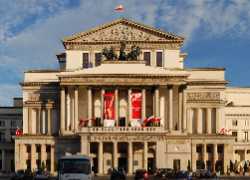 Warsaw National Theatre
Warsaw
Warsaw National Theatre
Warsaw
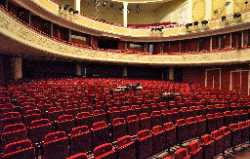 Teatr Polski
Warsaw
Teatr Polski
Warsaw
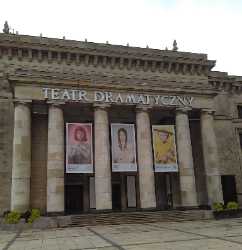 Dramatic Theatre
Warsaw
Dramatic Theatre
Warsaw
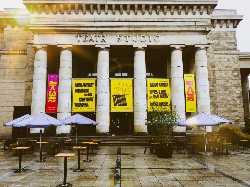 Studio Theatre
Warsaw
Studio Theatre
Warsaw
 Copernicus Science Centre
Warsaw
Copernicus Science Centre
Warsaw
 Jewish Historical Institute
Warsaw
Jewish Historical Institute
Warsaw
 Katyń Museum
Warsaw
Katyń Museum
Warsaw
 Museum of Life under Communism
Warsaw
Museum of Life under Communism
Warsaw
 Polish Army Museum
Warsaw
Polish Army Museum
Warsaw
 Museum of Caricature
Warsaw
Museum of Caricature
Warsaw
 Zacheta
Warsaw
Zacheta
Warsaw
 Legia Warsaw Museum
Warsaw
Legia Warsaw Museum
Warsaw
 Raster Gallery
Warsaw
Raster Gallery
Warsaw
 Foksal Gallery
Warsaw
Foksal Gallery
Warsaw
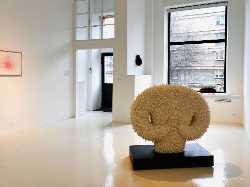 LETO Gallery
Warsaw
LETO Gallery
Warsaw
 Polish Poster Gallery
Warsaw
Polish Poster Gallery
Warsaw
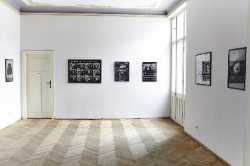 lokal_30
Warsaw
lokal_30
Warsaw
 Monopol Gallery
Warsaw
Monopol Gallery
Warsaw
 Galeria Asymetria
Warsaw
Galeria Asymetria
Warsaw
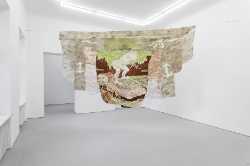 Wschód Gallery
Warsaw
Wschód Gallery
Warsaw
 Piktogram Gallery
Warsaw
Piktogram Gallery
Warsaw
 Polana Institute
Warsaw
Polana Institute
Warsaw
 Salon Akademii
Warsaw
Salon Akademii
Warsaw
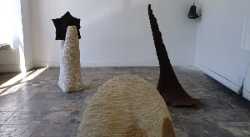 Galeria XX1
Warsaw
Galeria XX1
Warsaw
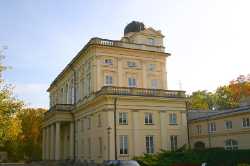 Warsaw University Observatory
Warsaw
Warsaw University Observatory
Warsaw